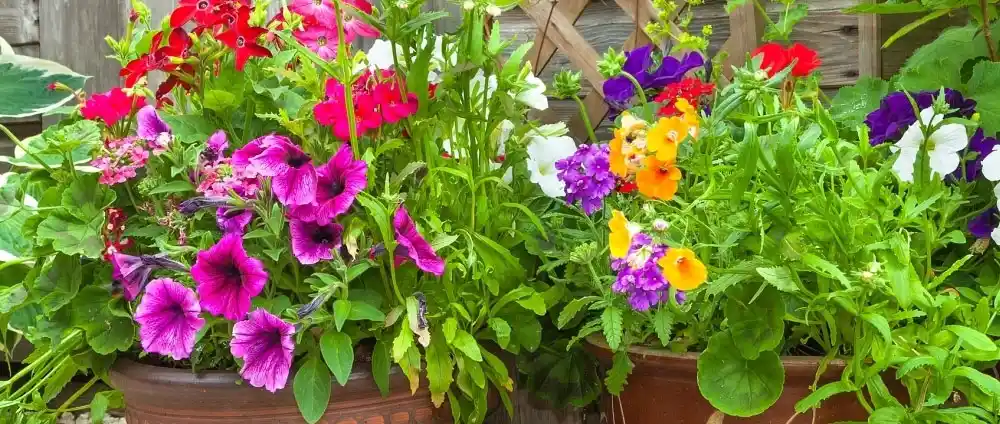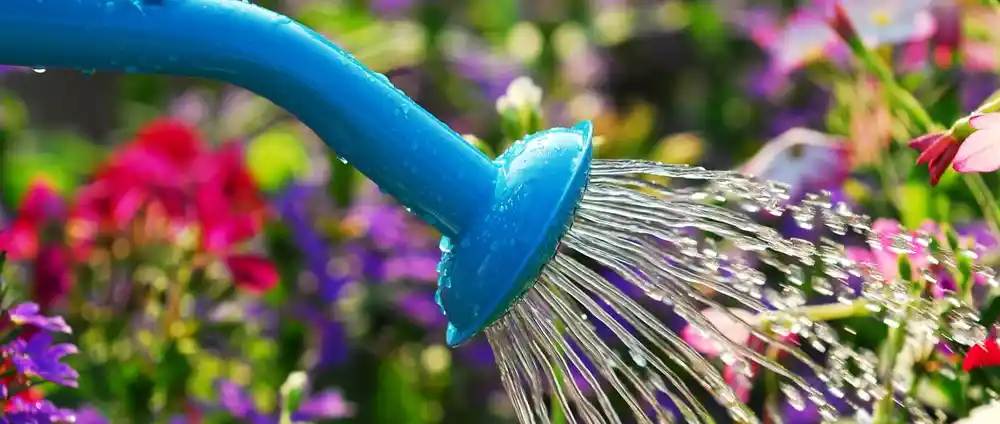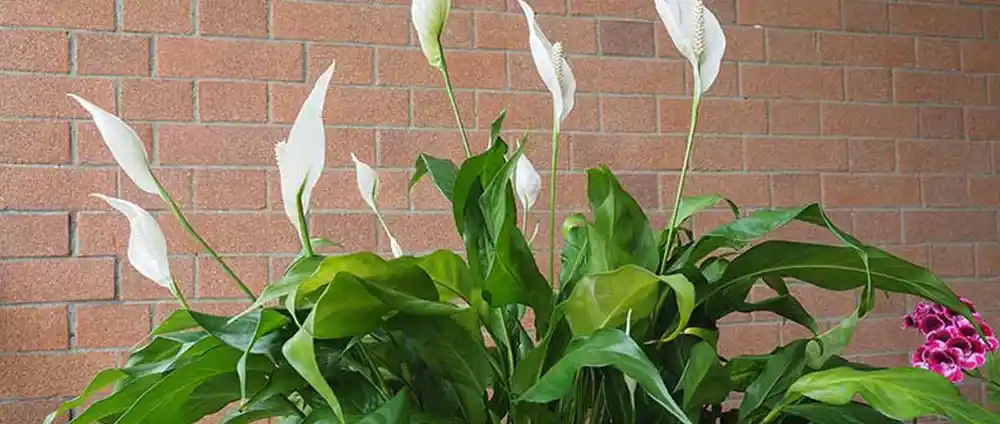A plant in bloom or with healthy fruit will make you happy, especially if you have one in your garden. Imagine a condition where you have taken care of your plants for a long time and they still do not bloom or your efforts to keep them healthy are not enough.
Moreover, it is always disappointing when an expensive specimen suddenly looks sick.
You won’t get real pleasure from flowering if you don’t learn how to care for it. So what are the reasons why your plant is not flowering or remains unhealthy?
1. Choose the right plant

A very important task is to choose a plant that can thrive in the conditions you can provide. Always buy healthy specimens and protect them on the way home. Problems with the leaves, stems, or flowers can also occur, and you must learn to recognize the cause of the problems so that you can act immediately.
2. Soil Quality

The quality and type of soil is the most important factor for overall plant health. As a general rule, most plants need well-drained clay soil that can provide good root aeration. So, for overall health, choose a well-prepared soil that is suitable for your plant. Garden soil alone is not enough for plants; it must be well prepared with different additives such as perlite, peat moss, dried sphagnum moss, coco peat, vermicompost, etc.
3. Fertilizer

Well-drained mixed garden soil is always the best option for keeping plants healthy, but it’s not the last thing plants need. Like humans, plants also need food to survive. This food comes in the form of nutrients in the soil.
If plants are potted, all available nutrients will disappear over time, straining your plants. Remember that a starving plant is more likely to get sick and will naturally not produce flowers. So don’t let them starve. Use specific fertilizers and manures for plants or general use, they can be instant or slow release.
4. Watering

Remember that no life can survive without water. Many plants can handle infrequent watering in the winter, but failure to provide enough water during the growing season quickly leads to wilting leaves or failure to bloom. However, over-watering is the most common cause of death or disease in your plant. Thus, the right amount of water should be applied to the water, no less and no more.
5. Light

Many flowering plants need at least 4 to 6 hours of sunlight for good flowering. Plants need light for photosynthesis, the process by which the plant prepares its food. Less light will cause the plant to experience stress which impairs its ability to produce flowers and become unhealthy.
6. Temperature

Temperature affects flowering. High temperatures can damage the flowering cycle. Low temperatures can damage buds and hinder flowering. However, it all depends on the plant and its flowering cycle. Some require low temperatures while others moderate or high.
7. Insects

If all the conditions are met for a plant to grow and yet it is unhealthy and not flowering, your plant could be attacked by insects or infected. Remove unhealthy and infected parts and apply good-quality organic fertilizers to boost plant immunity. You can use Neem cake to fight insects in the soil.







